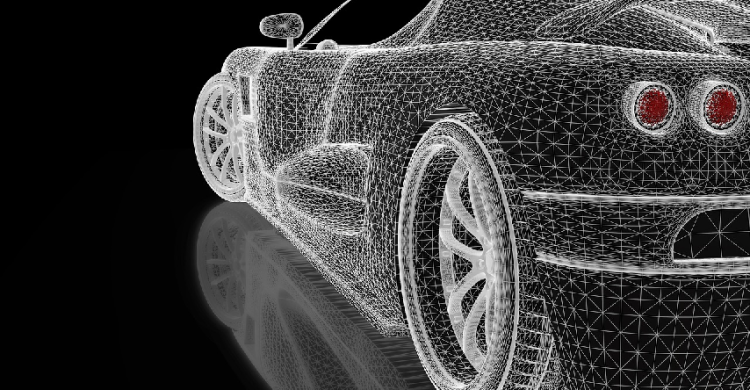
We all the know the story. Nickel is used in the electrification of automobiles. Supply will struggle to keep up with accelerating demand, and the price prospects are therefore positive.
The EV trajectory is very strong, with penetration continuing to surprise consistently for the past few years, as product range and quality takes a step improvement. In 2022 China, which accounted for 58% of the world’s EV sales, penetration of BEV’s was 17% and the less important PHEV’s another 5.5%. Europe was not too far behind at 12.5% and 9% respectively and globally, the figures were 11% and 4% respectively.
China is the most important market by some margin. In 2022 China accounted for 39% of total auto sales, but 51% of PHEV’s and 61% of BEV’s, (EV sales are roughly 30% higher year on year so far in 2023). This strong penetration is a reflection of the head start the Chinese OEM’s have in product range and appeal, combined with strong government support for the EV industry and more broadly, electrification of the entire transport system.
Batteries currently account for about 15% of global nickel demand up from a negligible share 5 years ago, EV’s have accounted for half of the growth in nickel demand over that period.
But now the bad news. The aggressive technical progress of the Chinese OEMs means they and their suppliers are constantly looking for improvements. Improvements in the performance of cheaper, non-nickel containing LFP batteries has seen those batteries take an increasing share of the EV market in China, (not yet in non-Chinese markets but let’s see how long that lasts).
LFP batteries are sufficiently competitive that, over the last year or so, new battery capacity additions in China have been about 2/3 LFP and only 1/3 nickel containing ternary batteries, which kind of locks in an increased LFP share of battery production in the coming few years.
Behind the LFPs come several new battery technologies which might also hurt nickel. Sodium ion batteries, cheaper than lithium ion batteries, but also with weaker performance in some aspects, are being worked on by several of the major battery manufacturers. As well solid-state batteries are getting closer to commercialisation and promising a step-improvement in performance which brings with it questions about the cathode chemistry in those batteries. Will they use nickel?
Put it all together and it seems like the chances of EV growth continuing to drive nickel demand growth might be limited.
On the other side of the equation is the nickel supply story. Followers of nickel will know that Chinese companies in Indonesia have emerged as the major nickel producers, with Indonesia up from 6% of global supply in 2015 to 48% last year and the growth plans over the coming few years look even stronger than we’ve already seen!
The Indonesian government made a study in 2020 of its nickel endowment and concluded that it contained 143mt of contained nickel in resources and 49mt in reserves. That’s more than 100 years at the 2022 production rate and it seems likely that the known endowment has increased since then. So, we should assume that the resource base is there to support the growth projections.
Furthermore, the next round of projects is dominated by HPAL operations that will produce a battery-ready MHP product at a projected cost of about $10,000/t of nickel, which combined with in-pit tailings disposal and a competitive carbon intensity adds further supply into the market.
There remains lots of uncertainties in the nickel outlook without even touching on the prospects for future EV penetration rates. So many questions, no answers.